Question
Four of the following five belong to a group in a
certain way, and which one of the following does not belong to that group? Read the following information carefully and answer the given questions: Ten persons A, B, C, D, E, F, G, H, I and J are sitting in two parallel rows containing six seats in each row. Ten persons are sitting on ten seats and there are two vacant seats. Each seat in a row faces another seat of the other row. In Row-1, all are facing north direction and in Row-2, all are facing south direction. In each row at least one vacant seat. Each of them likes different types of colours viz. Red, Yellow, Green, Blue, Pink, Orange, Brown, Cream, White and Black, but not necessarily in the same order. The ones who like Cream and Green sit opposite to each other. The ones who like Black and Red sit diagonally opposite to each other. The ones who like White and Blue sit opposite to each other. H sits second to the right of D, who sits opposite to the one who like Yellow. The one who likes Cream sits second to the left of the one who likes Black. E sits third to the left of the one who likes White. The one who likes Orange sits immediate left of D. J sits second to the right of F and does not like Yellow. G sits second to the left of vacant seat of Row-2. I sits opposite to the one who is an immediate neighbour of C. There are two persons sit between the ones who like Yellow and Pink, who sits at one of the extreme ends. The one who likes Black sits at one of the extreme ends. Only one person sits between A and I, who is not an immediate neighbour of D.Solution
There are two persons sit between the ones who like Yellow and Pink, who sits at one of the extreme ends. From these conditions we have four possible cases. H sits second to the right of D, who sits opposite to the one who like Yellow. The one who likes Orange sits immediate left of D. 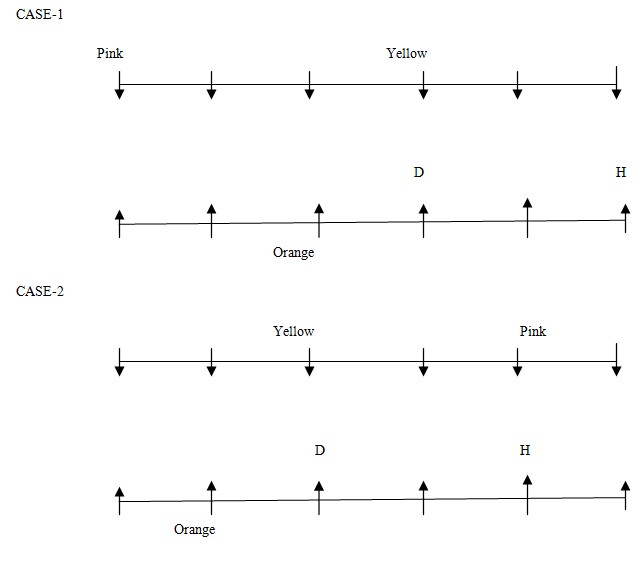
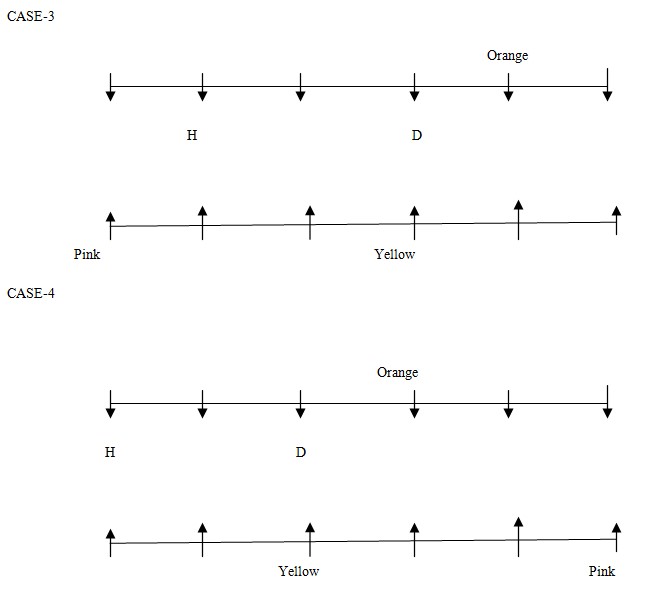 The one who likes Black sits at one of the extreme ends. The one who likes Cream sits second to the left of the one who likes Black. The ones who like Black and Red sit diagonally opposite to each other. By these conditions case 1 and case 4 are cancelled. The ones who like Cream and Green sit opposite to each other. So new arrangement will be -
The one who likes Black sits at one of the extreme ends. The one who likes Cream sits second to the left of the one who likes Black. The ones who like Black and Red sit diagonally opposite to each other. By these conditions case 1 and case 4 are cancelled. The ones who like Cream and Green sit opposite to each other. So new arrangement will be - 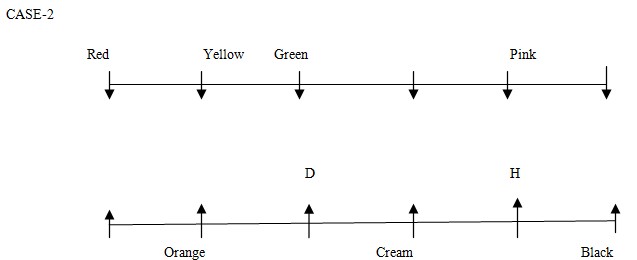
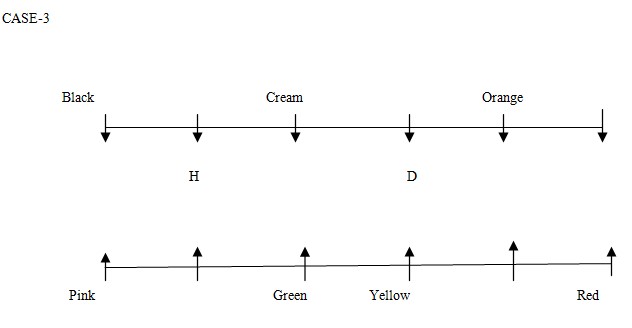 The ones who like White and Blue sit opposite to each other. E sits third to the left of the one who likes White. G sits second to the left of vacant seat of Row-2. In Row2, all are facing south direction. By these conditions case- 3 is cancelled. J sits second to the right of F and does not like Yellow. I sits opposite to the one who is an immediate neighbour of C. Only one person sits between A and I, who is not an immediate neighbour of D. So final arrangement will be -
The ones who like White and Blue sit opposite to each other. E sits third to the left of the one who likes White. G sits second to the left of vacant seat of Row-2. In Row2, all are facing south direction. By these conditions case- 3 is cancelled. J sits second to the right of F and does not like Yellow. I sits opposite to the one who is an immediate neighbour of C. Only one person sits between A and I, who is not an immediate neighbour of D. So final arrangement will be - 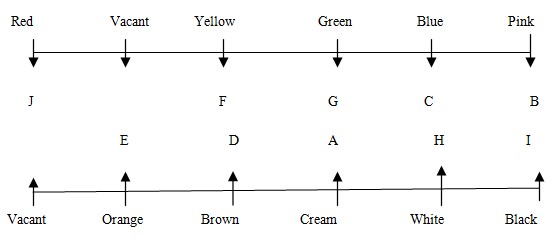
What is the primary objective of the GIS-based software developed by NHAI to monitor toll plazas?
Government issues equity instruments in primary market
Tampara Lake which is going to be added in Ramsar sites is in which state?
निम्नलिखित में से कौन मिसाइल का नाम नहीं है ?
Which river flows through the city of Lucknow?
As of May 2024, how many Scheduled Regional Rural Banks (RRBs) are operating in India?
Where is India's first Dolphin Research Centre located?
The largest private port in India is________.
Who was the first king of the Chola dynasty?
What was India's Current Account Deficit (CAD) as a percentage of GDP in Q1 FY25?
Relevant for Exams:



